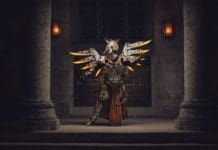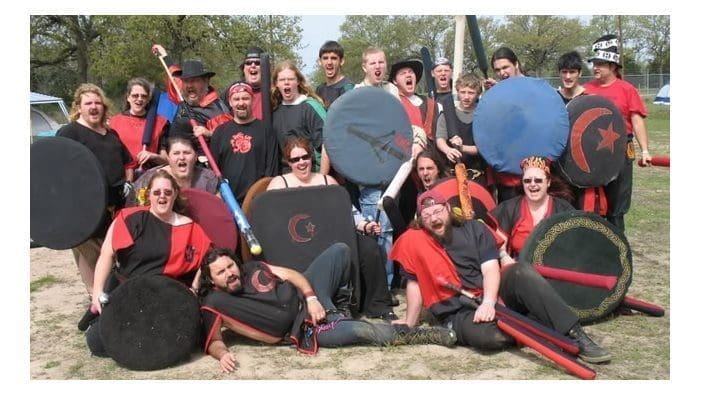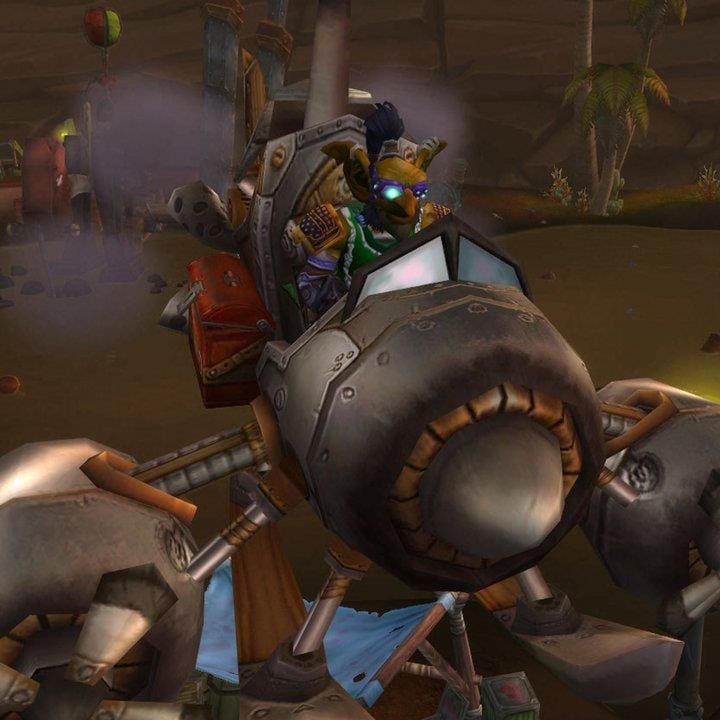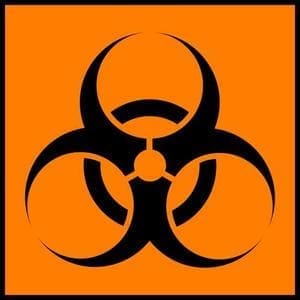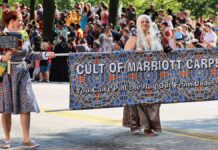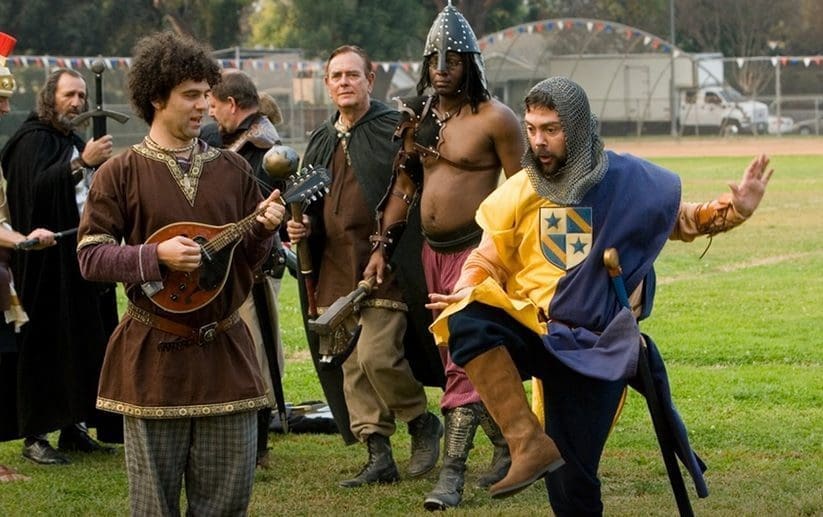
Once upon a time there was a little boy who liked to play pretend. He and his friends would meet at the neighborhood park (or vacant lot, etc.) and come up with various games. They would find sticks that would transform into either swords or guns with the power of their imagination. With each new day, the playground would change from Robin Hood’s forest, to a far-off alien planet, or a city-scape where super heroes tracked down villains. As they grew older, they came up with rules that became more elaborate for each new game to help with the immersion of their characters. Year after year, they came up with better scenarios to act out. As they became teens, they grew out of such fantasies… or did they?
As table-top role-playing games like D&D* (introduced 1974 by TSR) emerged, it opened ways to keep playing pretend. Various groups of historical re-enactors had formed in previous decades, but true live action role-play (or LARP) didn’t come about until table-top gamers wanted to do it “for real” (plus get some fresh air and exercise). Although some may think larping is “childish”, it’s just another way to express one’s imagination. It is no different than holding a murder mystery party, except it has a more free-form story-line. It is very similar to improvisational acting, but instead of entertaining an audience, players are entertaining themselves (though sometimes spectators will gather).
LARPs can cover many genres including medieval fantasy, Steampunk, modern warfare, horror, and science-fiction. The rules of each group vary depending on the actions. For instance, a game focused on role-playing interactions might use dice or ability score comparisons; quicker games involving character skills (but no contact) might use rock-paper-scissors; while combat-oriented groups actually fight with foam weapons. LARPs have storytellers of some form that create scenarios and guide the players. The players are free to make a character based on the genre and rule set, then improvise that character’s actions as the story plays out. Each LARP group has different times to meet, varying from once every few months to weekly.
To learn more about LARPs, the history of, and to find lists of them, do some searching on Wikipedia.org. You can learn how it compares to and differs from other social communities such as cosplay, historical reenactment, and online gaming. For fun reference (usually poking fun) look out for the books and movies that include LARPing. Keep watching here for more articles specific to different groups.
*D&D is now owned by ©1995-2013 Wizards of the Coast LLC, a subsidiary of Hasbro, Inc.
[SlideDeck2 id=9778]
I love all kinds of music, books, movies, tv, games, art, science and technology. A 40-something writer/artist/biker originally from El Paso, Texas, I saw the original “Star Wars” in theaters when it first came out. I’ve been into sci-fi and fantasy all my life. My sister and I would pretend to be super heroes as well as create new stories with my Star Wars action figures (sad to say I no longer have). Even though anyone that knows me would probably say I am a good guy, I have an affinity for dark heroes and villains: Batman’s adversaries, Spawn, or Deadpool, the Sith and bounty hunters, unseelie Changelings and werewolves, and the Horde (to name a select few). Pong got me started on video games, and I eventually got addicted to PacMan and Donky Kong. On various consoles and pc, I’ve played many RTS, FPS and RPG, and try out all the MMOs. About the same time I was frequenting the arcade, I was introduced to D&D. I all but worshiped Gygax until I decided to try other tabletop RPG (and miniature war gaming). When I physically became an adult (I say this because refuse to “grow up”), I found that various LARPs existed (one of which I still play today). There are so many things I have interest in I could be doing, but I put so much energy into various games (and now writing about them). Anyone can keep track of what I’m up to now that I’m a Twit @HazardToeprod and on Facebook facebook.com/HazardToeprod.











